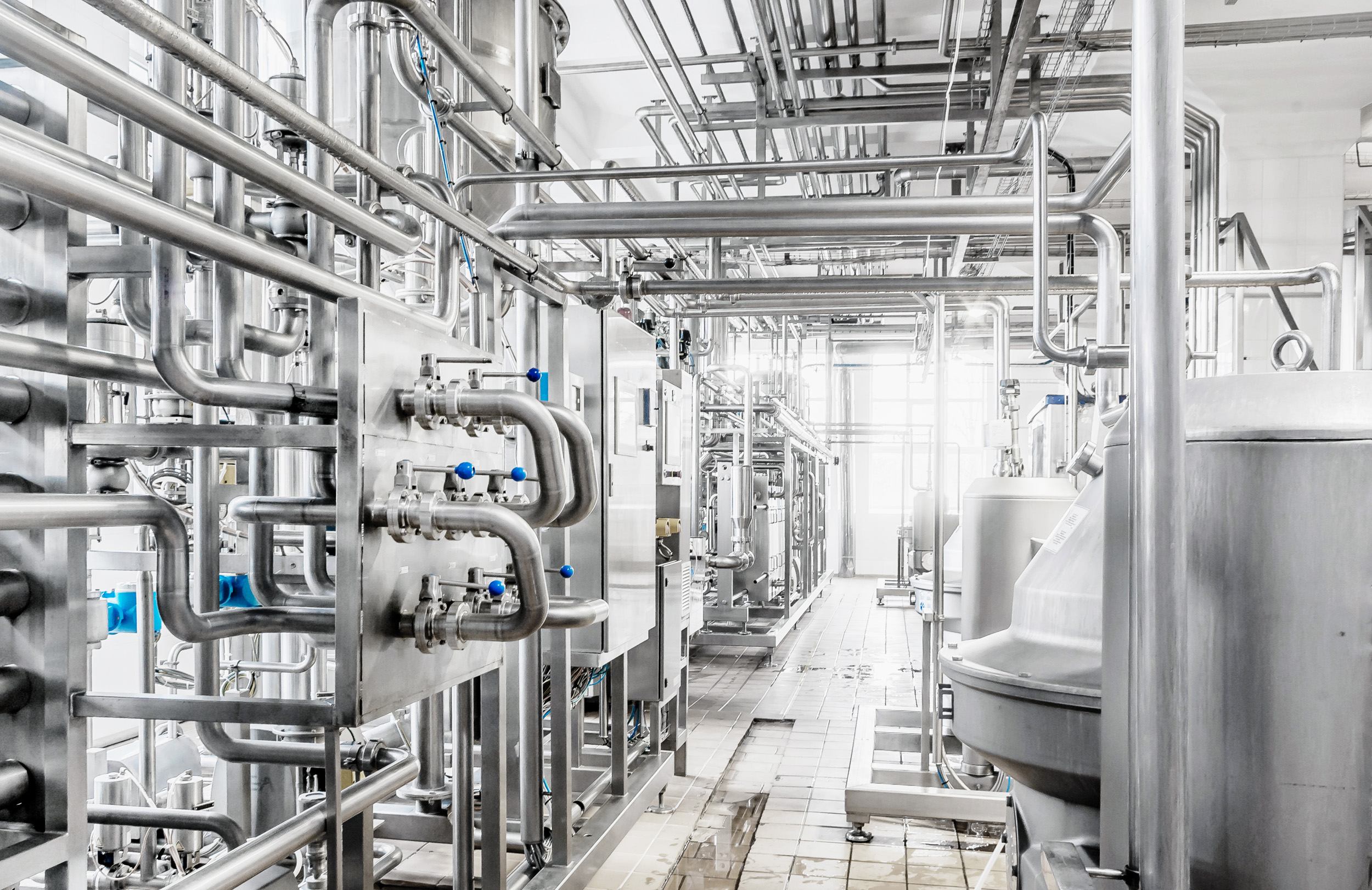Recently, an extremely popular Melbourne café let us sneak a peek at their till reading before cashing up for the day. Out of roughly six hundred coffee beverages sold, a staggering ninety-one percent were milk-based. This overwhelming preference for milky coffee, especially in Australia, raises an intriguing question: why isn’t there more conversation about milk science and dairy technology in the coffee world?
When reflecting on the training baristas receive or the discussions coffee professionals have with customers, milk science rarely comes up. There seem to be two main reasons for this. First, global warming and the negative impact of dairy farming on emissions. Second, the complexity of foam science and dairy technology, which involves a lot more research and technology compared to coffee processing.
Given the high percentage of milk-based coffee lovers, converting them all to black coffee seems impossible. Therefore, it’s crucial to confront the topic head-on and understand the true ecological costs of dairy farming. Interestingly, eighty percent of the waste produced in dairy farming can be mitigated with existing technologies. However, adoption of these technologies is lagging. For instance, in 2014, only 26 out of 1,496 dairies in California had biogas technology installed, and 17 of those had ceased using it.
Better-informed customers can drive the adoption of new technologies like biogas. And if those technologies are flawed, alternatives need to be identified. Barista Hustle has made it a priority to bring milk science to the forefront, as understanding all the ingredients used daily is essential. Plus, the topic is fascinating. Over the past month, they’ve revamped their Milk Science course to give it the attention it deserves. The updated course includes new videos, illustrations, quizzes, and improved formatting spread across four chapters.
Here are some intriguing tidbits from the course to spark conversations: reducing the diameter of bubbles in steamed milk by half makes the liquid drain out of foam four times slower. Whole milk makes better foam for latte art, but it doesn’t last as long as foam made from skimmed milk. Milk is approximately 87% water but contains more dissolved and undissolved solids than a strong ristretto. Surfactants in beverages with persistent foams reduce surface tension, making bubbles less likely to burst and giving latte artists more time to create intricate designs. The elasticity comes from the whey protein beta-lactoglobulin.
Lastly, consider this: 20% of the milk reaching end users in the US goes to waste, which significantly contributes to greenhouse emissions. Baristas have an opportunity to reduce the carbon footprint of their cafés by minimizing milk waste. In a new video lesson, Barista Hustle outlines a system to help calculate a café’s milk waste percentage and get it below 5%. Even at 5% milk waste, a café producing 300 coffees a day would lose about $800 yearly.
Barista Hustle continues to update their Milk Science course with new films to make this information more accessible. Recent additions include segments on pasteurization, calculating milk waste percentage, and understanding surfactants.
As demand for milk-based coffee remains sky-high, understanding milk science is crucial for both environmental sustainability and the art of coffee making. With the right knowledge, baristas can reduce waste, delight customers, and even lower their carbon footprint. Dive into the revamped Milk Science course from Barista Hustle to explore these insights and more.
